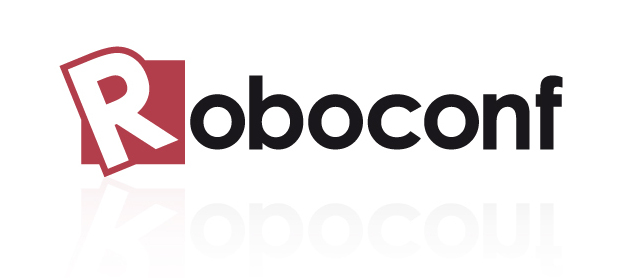
Roboconf in less than 10 Slides

- ... is open source Software (Apache v2)
- ... is hosted on GitHub
- ... started in fall 2013
- ... is powered by Linagora and Joseph Fourier University
The project focuses on adaptable (or elastic) deployments.
It is currently used in the Open PaaS project.
Roboconf covers several possible uses cases.
Cloud Deployment
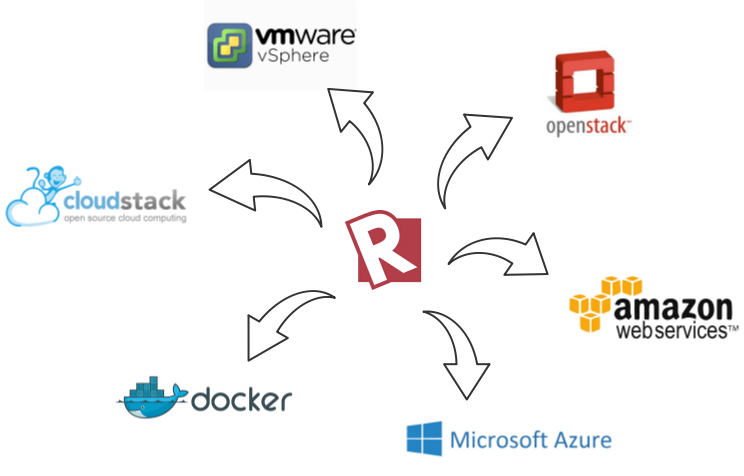
Roboconf addresses public, private and hybrid cloud deployments. Several cloud providers are supported, as well as virtualization platforms (like VMWare).
PaaS Framework
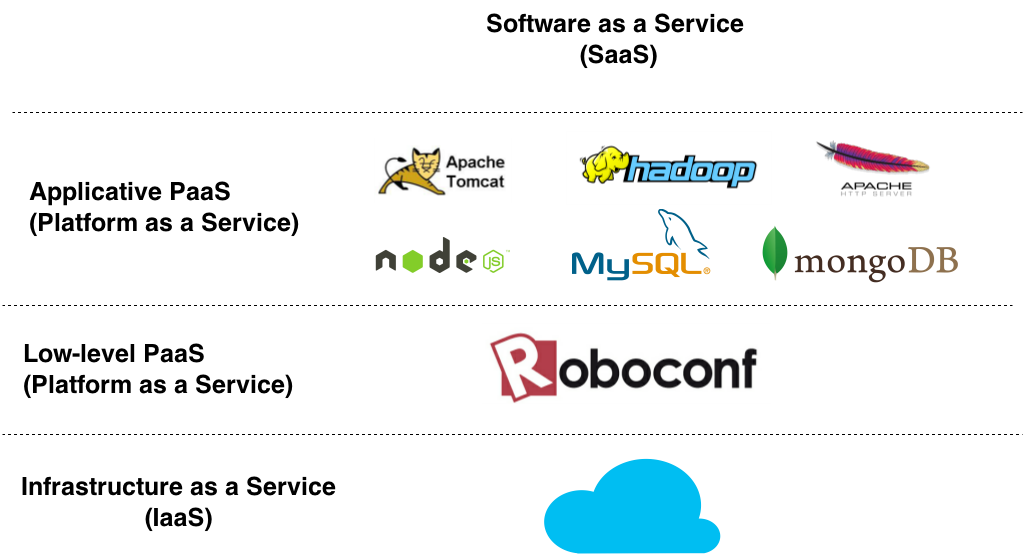
Roboconf can be used to build tailored PaaS. It manages deployment, monitoring and reconfiguration of potentially any application.
Deployment Orchestration
Suppose we want to orchestrate the deployment of the following application.
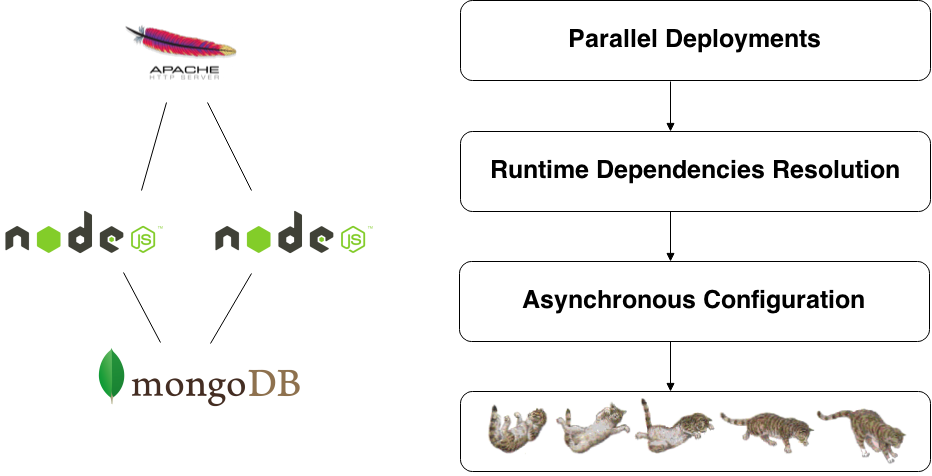
By using predefined relations between Software components, Roboconf resolves runtime dependencies and updates configuration files so that everything works.
Automating Procedures
For every Software component that Roboconf manages, normalized actions can be specified. These callback actions are called « recipes ». They can be written as scripts, as a Puppet module, ...
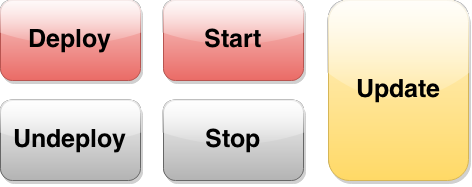
The update phase is specific to Roboconf. It is invoked when a runtime dependency appears, is modified or removed. Reconfiguration is thus handled automatically.
Continuous Deployment
Continuous deployments are part of Roboconf's roadmap.
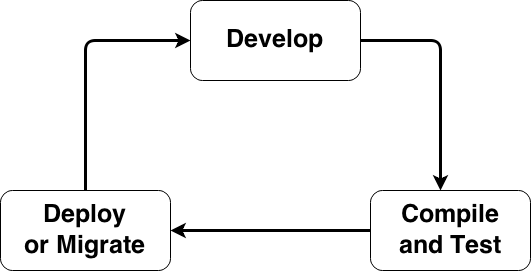
Several migration strategies are planned.
- Full replacement (with service interruption).
- Invariant-based, for continuous development (devOps).
- Progressive upgrade (with architecture change).
Do NOT reinvent the Wheel
Roboconf plugs dynamic in existing deployment solutions.

Additional solutions can be supported.

Working with Roboconf
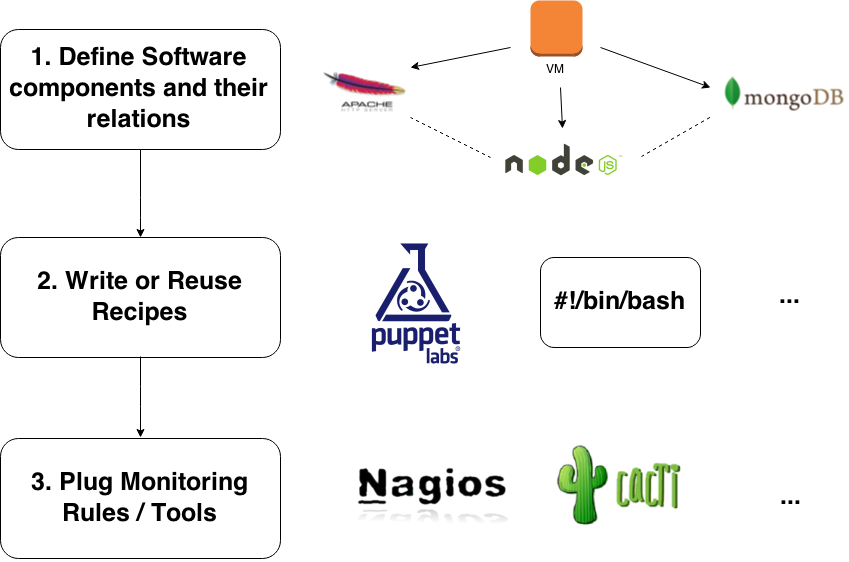
That's it, you can start deploying with Roboconf.